[Compiled and published by New Sancai] Buddhism is one of the major religions in the world. It was founded in northeastern India in the 5th century BC. It is based on the teachings of Siddhartha Gautama, commonly known as "The Buddha", who was born in what is today Nepal.
The goal of Buddhism is to escape suffering and reincarnation and achieve nirvana. There are 230 million to 500 million Buddhists in the world. Here is an overview of 10 of the most famous Buddhist temples in the world.
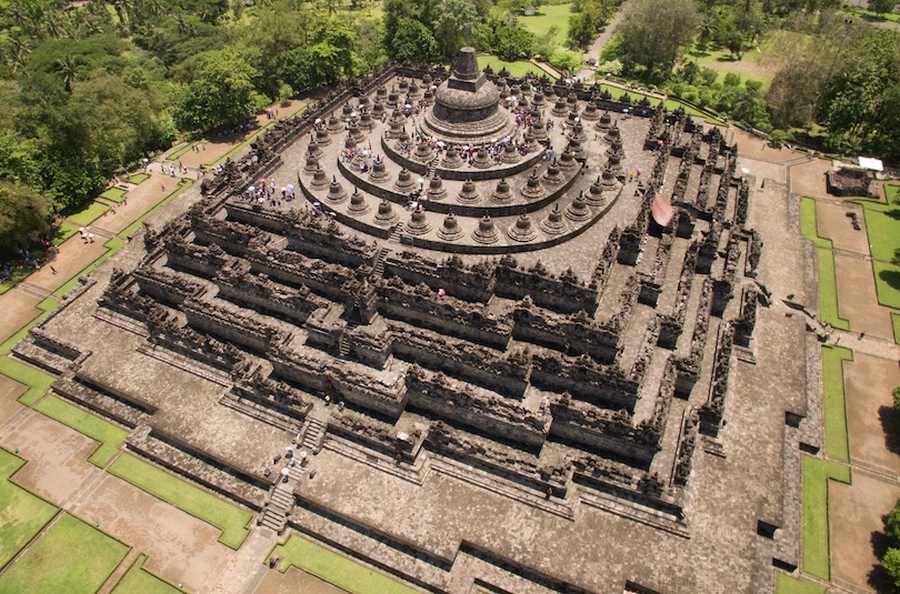
△ Borobudur: Borobudur is located on the Indonesian island of Java, 40 kilometers (25 miles) northwest of Yogyakarta. It is the largest and most famous Buddhist temple in the world. Borobudur was built by the kingdom of Sailendra in the 8th and 9th centuries with about 2 million stone blocks and took about 75 years. It was abandoned in the 14th century for reasons that remain a mystery, and for centuries it remained hidden under volcanic ash in the jungle.
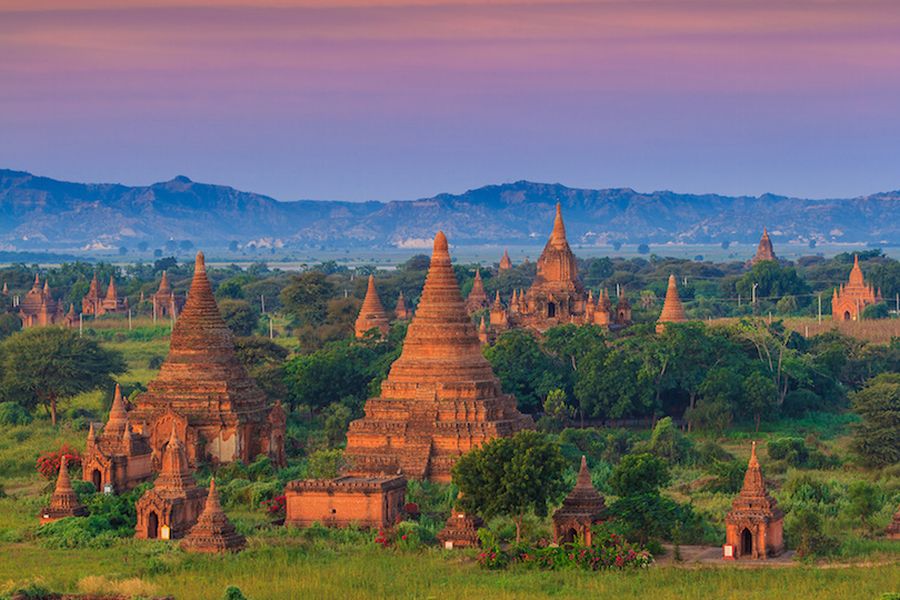
△ Bagan: Bagan is located on the banks of the Ayerwaddy River and is home to the world's largest Buddhist temples, pagodas, pagodas and ruins. It was the capital of several ancient kings of Myanmar, who built approximately 4,400 temples during the kingdom's heyday (1000 to 1200 AD). In 1287, after refusing to pay tribute to Kublai Khan, the kingdom fell to the Mongols, and Bagan rapidly declined as a political center, but continued to flourish as a place of Buddhist scholarship.
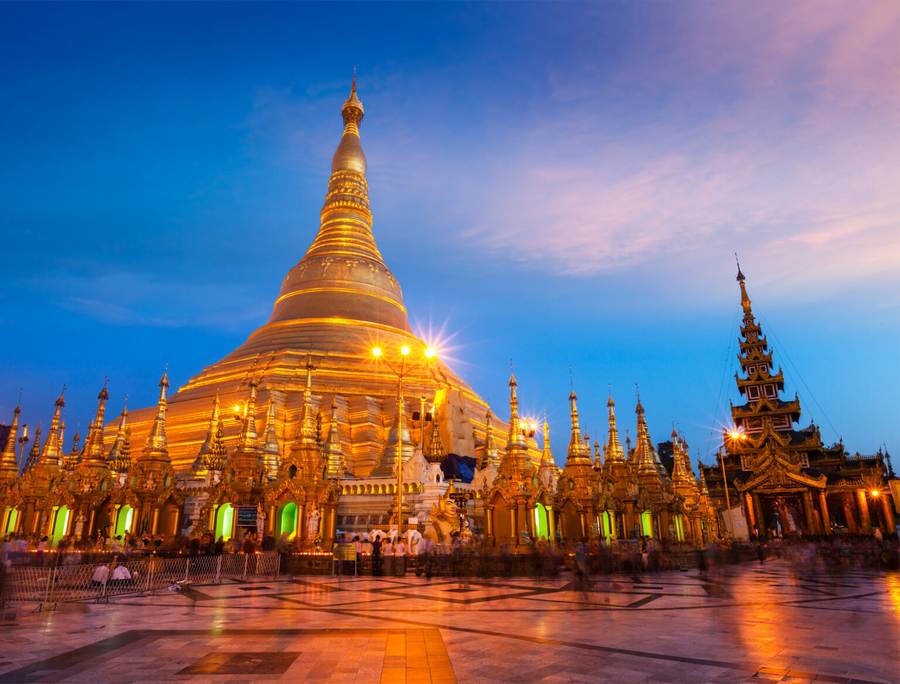
△ Shwedagon Pagoda: The Shwedagon Pagoda in Yangon is the holiest Buddhist shrine in Burma. The origins of the Shwedagon Pagoda have been lost in ancient times, but it is estimated that the pagoda was originally built by the Mon people during the Bagan period (between the 6th and 10th centuries AD). The temple complex is filled with gleaming, colorful stupas, but the most eye-catching is the 99-meter (326-foot-tall) main stupa, which is completely covered in gold.
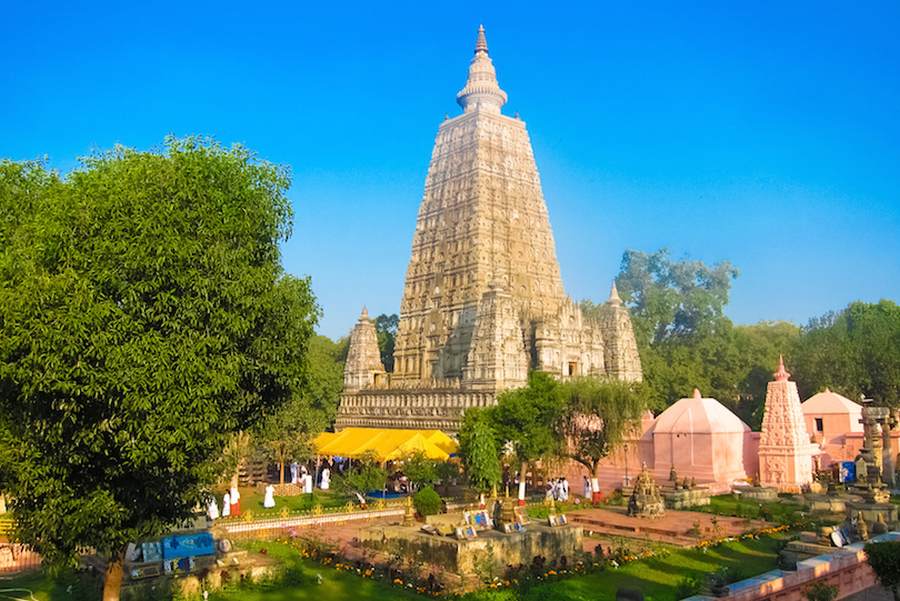
△ Mahabodhi Temple: This temple is a Buddhist pagoda located in Bodh Gaya, India. The main complex houses a descendant of the original Bodhi tree, under which Gautama Buddha attained enlightenment and is the holiest place in Buddhism. About 250 years after Buddha's enlightenment, Emperor Asoka built a temple at the site. The present temple dates back to the 5th to 6th century.
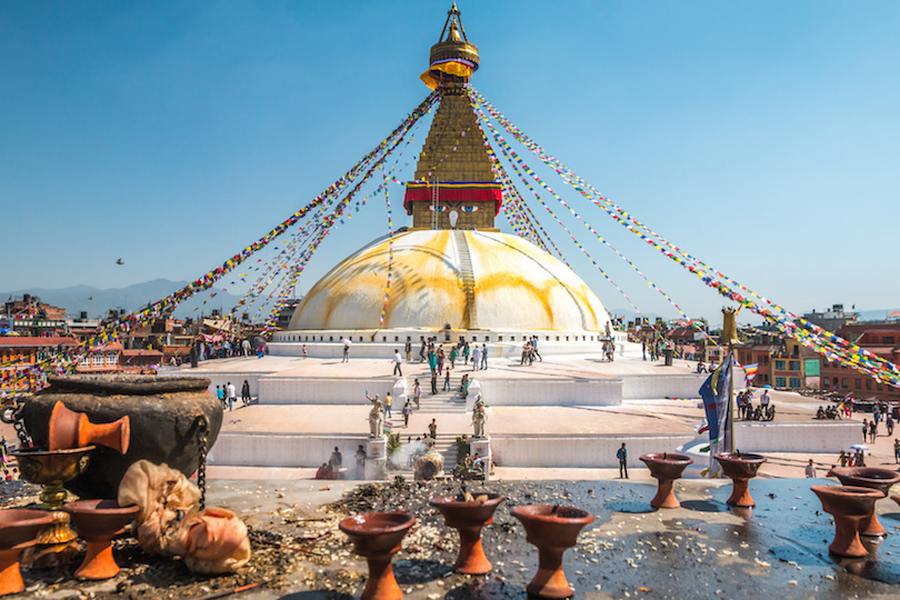
△ Boudhanath: Also known as the Wishful Pagoda, it is located on the outskirts of Kathmandu and is one of the largest pagodas in the world. It is the center of Tibetan Buddhism in Nepal and has been home to many Tibetan refugees over the past few decades. It is probably best known for the Buddha's Eyes found on all four sides of the pagoda. The current stupa is said to date back to the 14th century, after the previous stupa was destroyed by Mughal invaders.

△ Todaiji Temple: Todaiji Temple in Nara is one of the most historic and famous Buddhist temples in Japan. The temple was built by Emperor Shomu in the 8th century and is the chief temple of all local Buddhist temples in Japan. Today, very little of Todaiji's original buildings remain. It houses one of the largest Buddhist statues in Japan and the largest wooden building in the world, although it is only two-thirds the size of the original building.
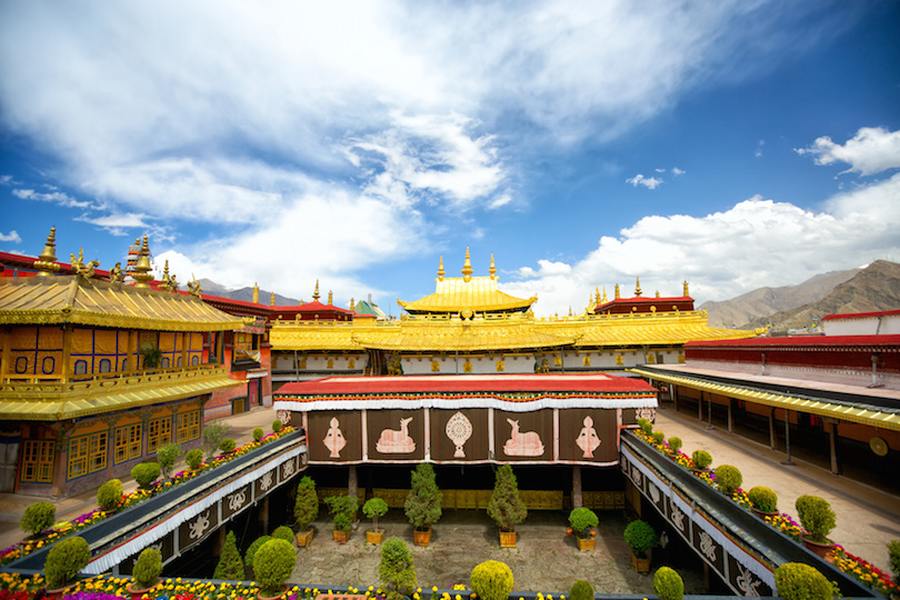
△ Jokhang: The Jokhang Temple in Lhasa is the most important holy place in Tibetan Buddhism, attracting thousands of pilgrims every year. The temple was built in the 7th century by King Songtsen Gampo of Tibet. The Mongols sacked the Jokhang Temple many times, but the building survived. Today the temple complex covers an area of approximately 25,000 square meters.
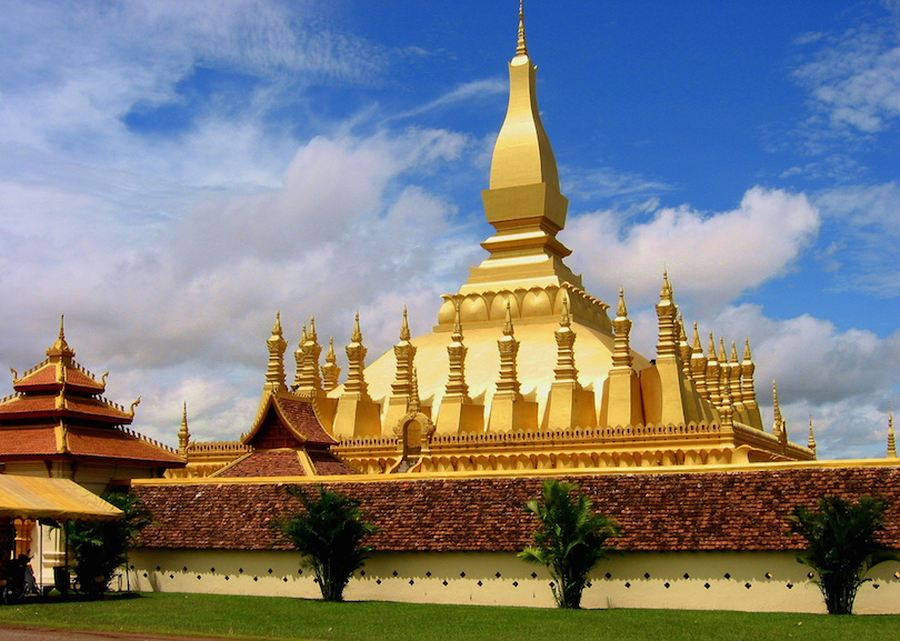
△ Pha That Luang: Also known as the "Laos Great Pagoda", located in Vientiane, it is one of the most important monuments in Laos. The stupa has several terraces, each level representing a different stage of Buddhist enlightenment. The lowest level represents the material world; the highest level represents the world of nothingness. That Luang was built in the 16th century on the ruins of an early Khmer temple. The temple was destroyed by the Siamese invasion in 1828 and rebuilt by the French in 1931.
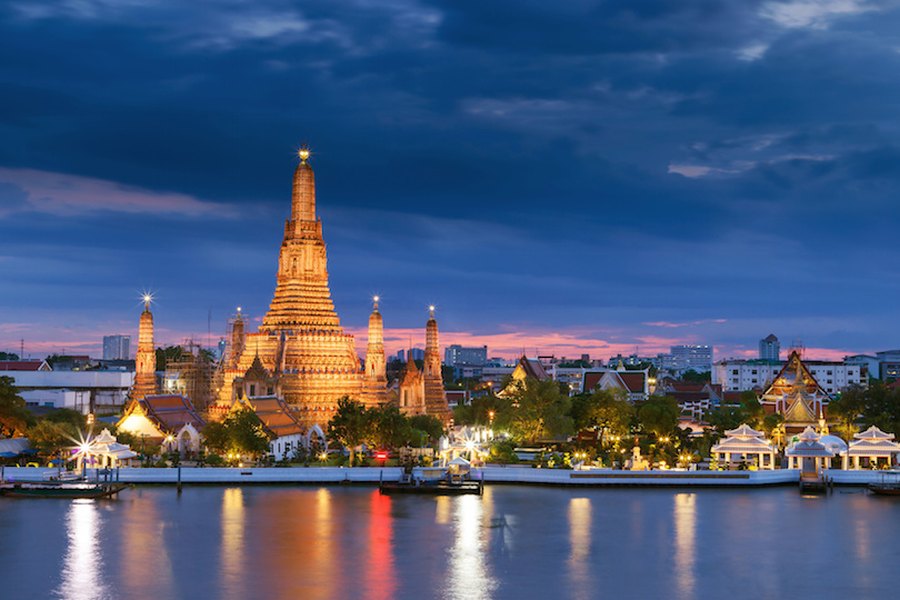
△ Wat Arun (Wat Arun): Wat Arun ("Temple of Dawn") is located on the Thonburi side of the Chao Phraya River. It is one of the oldest and most famous landmarks in Bangkok, Thailand. The temple is an architectural representation of Mount Meru, the center of the universe in Buddhist cosmology. Despite its name, Wat Arun is best viewed in the evening as the sun sets.
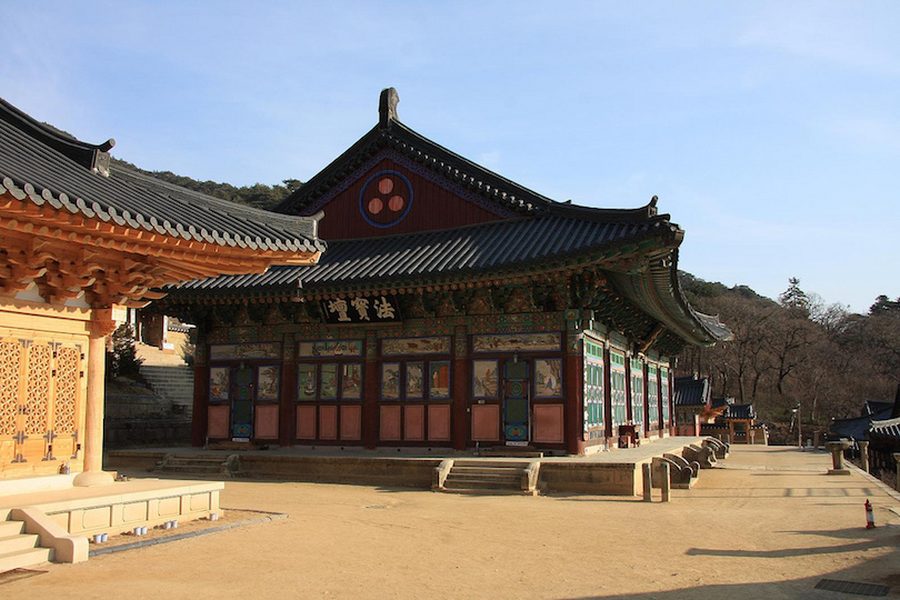
△ Haeinsa Temple: Haeinsa Temple is located in Gayasan Mountain, Gyeongsangnam-do, South Korea. The name of the temple comes from the "Haiyin Samadhi" in the Avatamsaka Sutra. Haeinsa Temple is one of the most important Buddhist temples in South Korea. This temple was originally built in 802 and rebuilt after Haeinsa Temple was destroyed by fire in 1817. However, the temple's most precious treasure, the complete Buddhist scripture (the Korean Tripitaka) written on 81,258 wooden tablets, survived the fire.
(Author: Mike Kaplan)
(Compiled by: Bai Ding)
(Editor: Jiang Qiming)
(Source of the article: Compiled and published by New Sancai)
